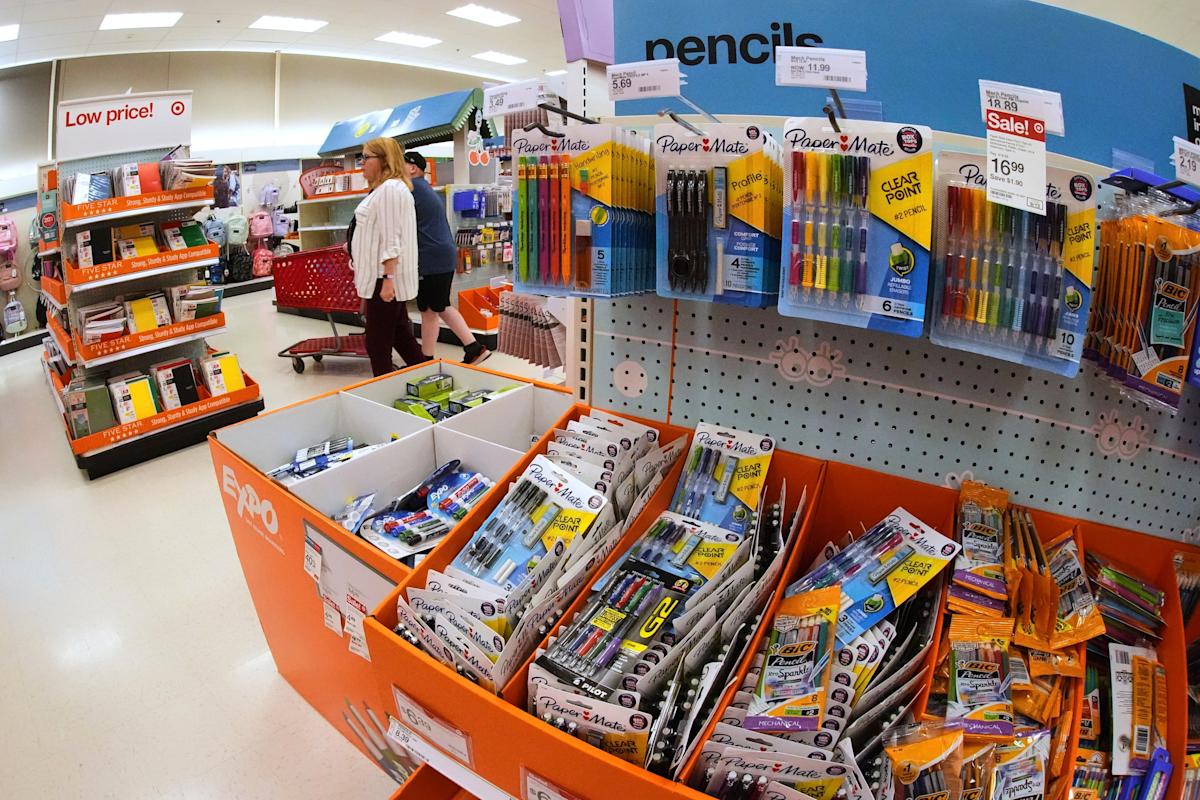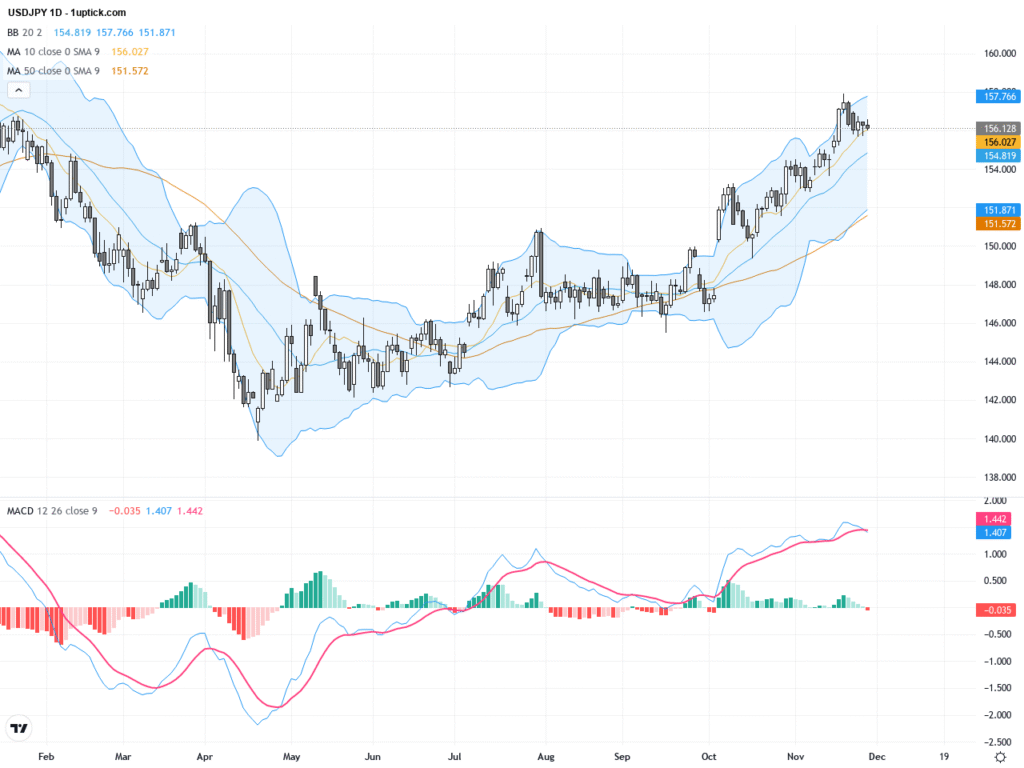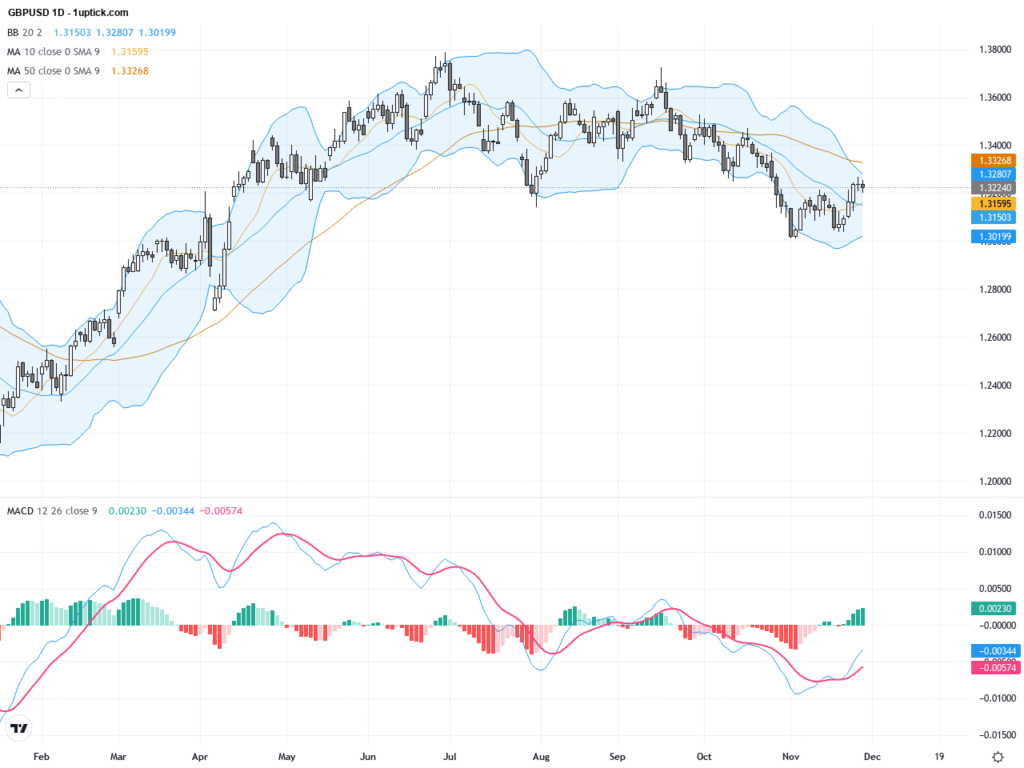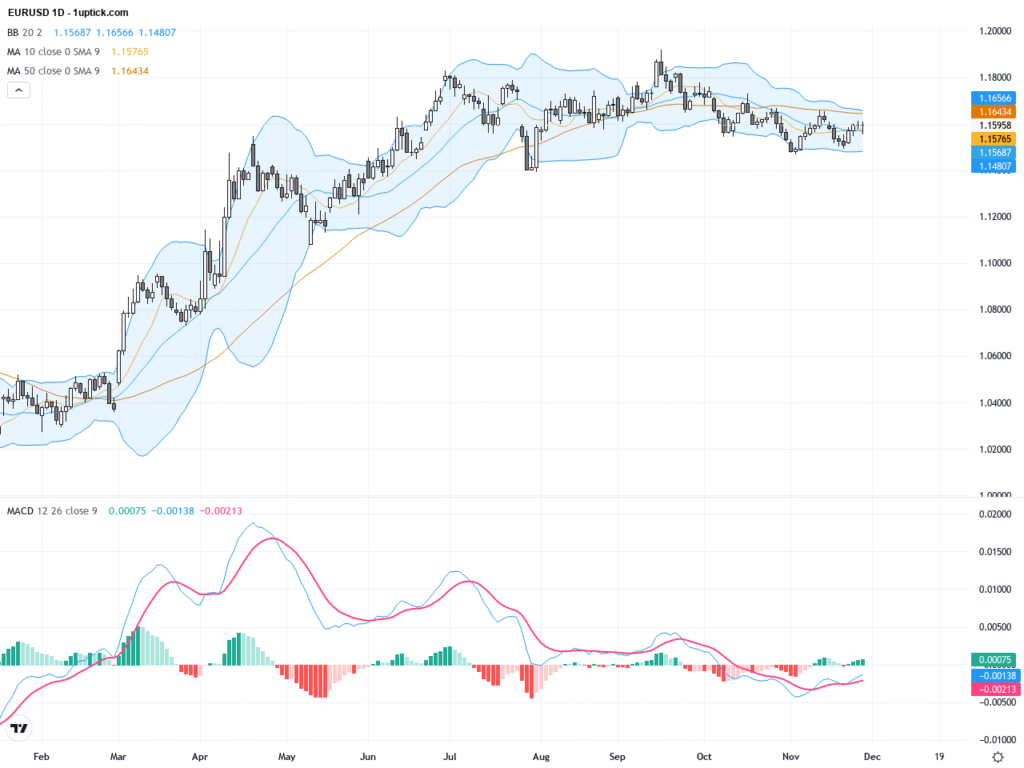 |
| Gold V.1.3.1 signal Telegram Channel (English) |

Target’s 2025 Q1 Financial Decline Highlights Challenges Amid Digital Growth and Retail Competition
2025-08-19 @ 00:01
Target’s recent financial performance has fallen short of expectations, signaling that the retailer is still searching for the right strategy to regain consistent growth. Despite various initiatives and some bright spots, the challenges facing Target in 2025 serve as a telling case study for both investors and retail observers.
Target wrapped up the first quarter of 2025 with net sales of $23.8 billion, marking a 2.8% drop compared to the same period last year. This decrease was more pronounced than many analysts had anticipated, reflecting ongoing concerns about consumer demand and broader economic headwinds. Comparable sales, which include both in-store and online purchases, fell 3.8%. This was driven by a sharp 5.7% decline in physical store sales, only partially offset by a 4.7% increase in digital sales.
The foot traffic across Target’s stores and online channels also declined. The number of transactions dropped 2.4%, and shoppers spent, on average, 1.4% less per transaction. These trends indicate a cautious consumer base, likely influenced by inflationary pressures, economic uncertainty, and perhaps a shift in spending priorities.
Despite these sales declines, Target’s profit figures told a more complicated story. The company reported net earnings of $1.04 billion for the quarter, a 10% increase from the previous year, with earnings per share hitting $2.27 compared to $2.03 in the first quarter of 2024. This apparent disconnect between declining sales and rising profits can be attributed in part to one-time gains, such as a legal settlement related to credit card fees, as well as cost management efforts and reduced selling, general, and administrative expenses.
Yet, underneath the profit boost, the core retail business continues to face significant challenges. Target’s own leadership acknowledged a “highly challenging environment” for retail, citing softer-than-expected revenue and profit pressures. The company expects sales for the full year to register a low single-digit decline, with adjusted earnings per share expected in the range of $7 to $9.
One area of success for Target has been its digital business, particularly same-day delivery services powered by its Target Circle 360 membership and rapid Drive Up options. Digital sales rose 4.7%, and same-day delivery experienced more than 35% growth year over year. Strategic partnerships, such as a limited-time collaboration with kate spade, also provided a rare bright spot, as did robust sales around key holidays like Valentine’s Day and Easter. However, these wins were not enough to offset weaker performance across other periods.
Target has appropriately shifted its attention to accelerated decision-making in an effort to restore sales growth. The company has established an “acceleration office” led by a senior executive, aiming to streamline execution of its core strategies. The focus will be on enhancing product assortment, sharpening consumer value propositions, and improving efficiency across both stores and digital channels.
Beyond financials, Target has also been at the center of social and reputational scrutiny, with some community partners expressing disappointment in the company’s recent moves related to diversity, equity, and inclusion policies. This sort of reputational risk can be especially tricky for major retailers, which often find themselves at the intersection of highly polarized social issues.
Looking ahead, Target operates in a uniquely competitive landscape. The company faces not just Amazon and Walmart, but also a shifting array of specialty retailers and e-commerce platforms vying for consumer attention. Target’s strength has historically been its ability to combine affordability, convenience, and an aspirational brand image, but maintaining that balance will be increasingly difficult in a slow-growth retail environment.
For investors and retail watchers, Target’s performance underscores a broader challenge confronting many legacy retailers: how to stay relevant when economic uncertainty and shifting consumer habits threaten conventional business models. While management’s focus on digital growth and operational efficiencies shows promise, Target’s ability to consistently deliver results—both in terms of sales and profits—remains a work in progress.
The next quarters will be critical for Target. While the company’s quick adaptation to changing consumer preferences and digital expansion is encouraging, the pressure is on to demonstrate that these efforts can translate into sustained growth. In the evolving world of retail, missing the mark can be costly, and for now, Target still has some ground to cover to reclaim its momentum.








